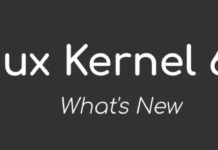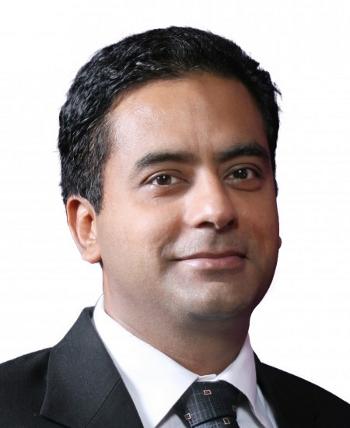Tag: Red Hat
Layer 7 Load Balancers
Linux has proven itself as a rock-solid operating system platform for industry-leading software appliances and applications, one of which is for load-balancing. As global...
Debian 6.0 ‘Squeeze’: What’s New?
With its extremely long release cycle (this one took two years), Debian 6.0 Squeeze was rolled out on February 6th, amidst jokes like, "See...
CRASH Your System (and Debug Kernel Panic)
Aimed at Linux kernel developers and just about anybody who would like to debug a kernel panic with the Crash utility, this article assumes...
Open Source Jobs, Open to Freshers at Nagarro
Nagarro is an outsourcing company that specialises in high-quality business-critical software, and is known for its extensive use of open source solutions. Nagarro is...
‘Platforming’: A Unique Formula for Lasting Business Partnerships
Noida headquartered InfoAxon Technologies erases all doubts around the profitability of an open source business. It uses the "platforming" approach to cement long lasting...
Leading Local Search Engine (Just) Dials Open Source for a Growth...
Open source technology enabled Just Dial, India's leading local search engine, to grow at a much faster rate and achieve a lot more than...
Paul Frields on Fedora 12 and Beyond
Two months after the launch of Fedora 12, we spoke to Paul Frields, Fedora Project Leader at Red Hat, about how this release has been received by the community, and what is in store for the next. Though it started as a technical discussion on what Fedora 12 offers IT admins and developers, it graduated into a more serious conversation on the relationship between Fedora and Red Hat Enterprise Linux, and the distinction (if any) between commercial and community Linux.
The Art of Guard, Part 5: SELinux Logging
In the previous article in this series, we looked at allow rules in an SELinux policy. This month we’ll discuss SELinux error logs in order to decipher them and take corrective action.
Bob Young: Because of the much lower cost, open source should...
Bob Young has played a key role in building Linux into a household name. In 1993, with Mark Ewing, he co-founded Red Hat and was the CEO of the company for several years. After leaving Red Hat, he started a print-on-demand website called Lulu, where content creators can sell their books, comics, movies, or any other content that can be digitised and sold over the Web. Young also owns the Hamilton Tiger-Cats, a Canadian football league franchise that he purchased in 2003. In this interview with LFY, he talks about Lulu.
Oracle: We Have All That Red Hat Has, But Our Prices...
In this interview, Shane Owenby, director, Linux & Open Source, Asia Pacific, Oracle Corporation, shares with us Oracle’s contributions to the Linux world, and expresses his surprise at how little credit the company gets for it.







































































